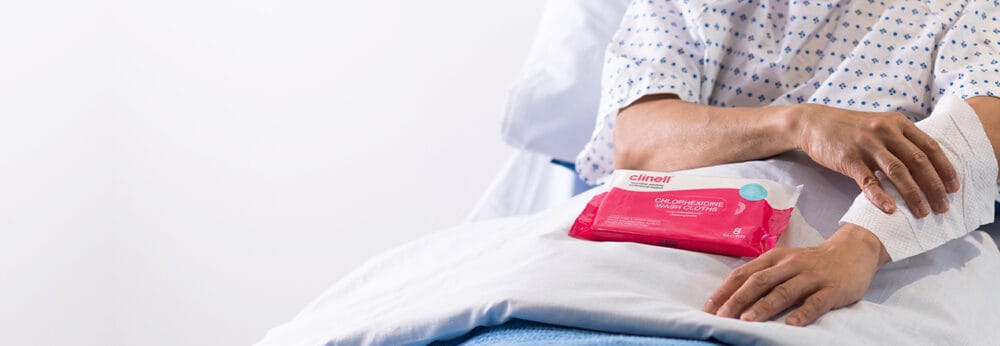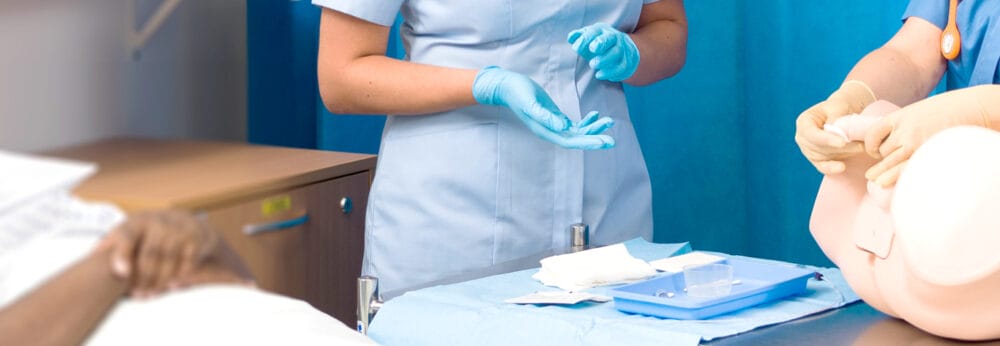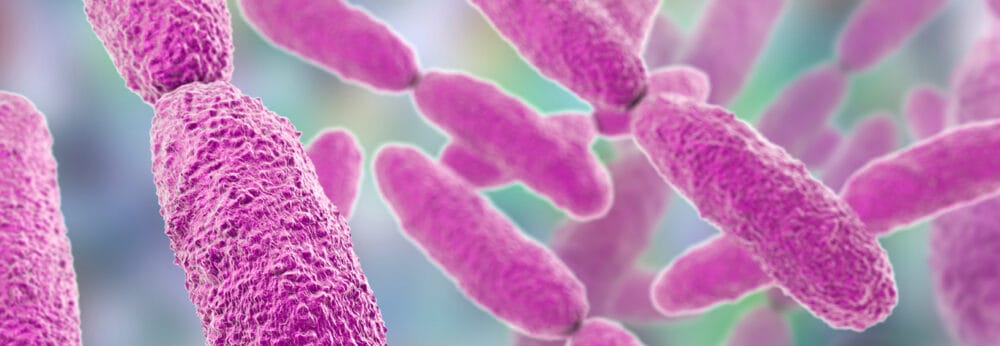Posts Tagged ‘CHLORHEXIDINE’
Waterless Bathing: Benefits & Implementation challenges
In association with the Tissue Viability Society (TVS), GAMA Healthcare recently hosted a webinar on the adoption of waterless bathing practices moderated by Martin Kiernan; Clinical Director, GAMA Healthcare. Fran Spratt; Lead Nurse Tissue Viability, and Emma Lavelle; Matron from University Hospitals Southampton (UHS) NHS Foundation Trust, openly discussed: Watch the webinar recording What is waterless bathing?…
Read MoreChlorhexidine bathing reduces healthcare-associated BSI
A well-conducted systematic review and meta-analysis of the evidence around the effectiveness of chlorhexidine bathing to prevent healthcare-associated BSI has been published recently in BMC Infectious Diseases. The study concludes that chlorhexidine bathing significantly reduces the risk of healthcare-associated BSI by 41%. The reduction in the risk of BSI was consistent across different study designs (e.g.…
Read MoreChlorhexidine reduces CAUTI!
Catheter-associated urinary tract infections (CAUTI) are one of the most common infections acquired in healthcare. A new RCT published in the Lancet Infectious Diseases shows that meatal antisepsis using 0.1% chlorhexidine prior to catheter insertion reduced the CAUTI rate by 94%. A number of different steps can be taken to reduce the risk of urinary catheter-associated UTI,…
Read MoreHow worried should we be about biocide resistance?
We all know the issues with antibiotic resistance: no matter how quickly we develop new antibiotics, resistance develops and the antibiotics are no longer useful clinically. Biocides are different, as outlined in a recent review paper: resistance is slower to develop, more subtle, and usually less important clinically. But it does happen – more with some…
Read MorePreventing surgical site infections
A useful review published recently in an orthopaedic surgery journal (by Katarincic et al.) covers the various interventions that are often introduced to reduce the risk of surgical site infection (SSI). The evidence for some interventions is stronger than others, but there’s much we can do throughout the patient journey to reduce the risk of SSI, from…
Read MoreA “halo” effect of chlorhexidine patient bathing: reduced environmental contamination
An Irish study has examined whether daily bathing of patients using chlorhexidine results in a “halo” effect, in reducing environmental contamination. The study found that contamination of surfaces with VRE and ESBL Enterobacteriaceae (ESBL-E) in the near-patient environment was significantly lower when chlorhexidine bathing was in operation. The study was performed in a 12-bed mixed speciality…
Read MoreChlorhexidine beats povidone-iodine in preventing vascular catheter colonisation
An impressive randomised multi-centre study in Japan has evaluated the efficacy of 0.5 and 1% alcohol/chlorhexidine with 10% povidone-iodine in preventing colonisation of vascular catheters. The study concluded that chlorhexidine at either concentration is superior to povidone-iodine in preventing the colonisation of vascular catheters. The study was performed in 16 Japanese intensive care units. The 796 central…
Read MoreFurther intel on disinfectants and antiseptics for Candida auris
We posted a week or two ago about a study evaluating the efficacy of various antiseptics and disinfectants for addressing Candida auris. A similar study published recently presents similar findings: chlorine-based disinfectants, and iodine-based and chlorhexidine-based antiseptics all have a role to play in tacking C. auris. The lab study collected a range of C. auris isolates, including some multidrug-resistant strains, and performed…
Read MoreAntiseptics and disinfectants to support the prevention and control of Candida auris
Candida auris is an important emerging pathogen, which caused a large outbreak in a London hospital and has been reported from around the world. It shows a high level of resistance to antibiotics and appears to spread rapidly in hospitals. A new study evaluates the efficacy of various antiseptics and disinfectants that could support the prevention and control of C. auris.…
Read MoreMore evidence that chlorhexidine reduces MDRO colonisation in the ICU
A US before-after study evaluated the impact of introducing chlorhexidine daily bathing in an ICU setting. In line with other studies, the rate of acquisition of key hospital pathogens, including VRE, MRSA, and antibiotic-resistant Gram-negative bacteria reduced in response to the introduction of chlorhexidine, and remained lower over time. The 8 month before-after study was performed in…
Read More




